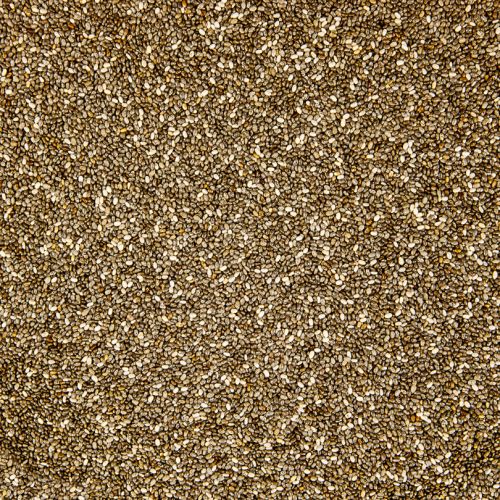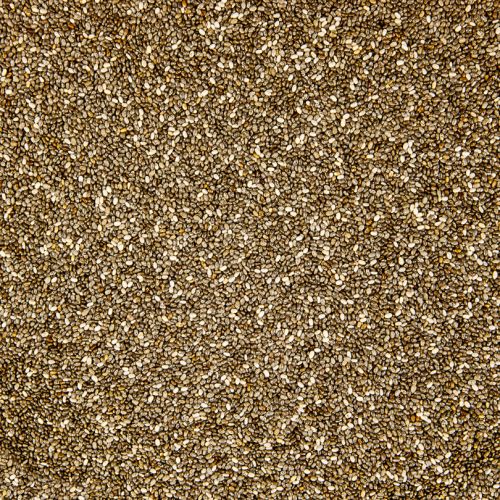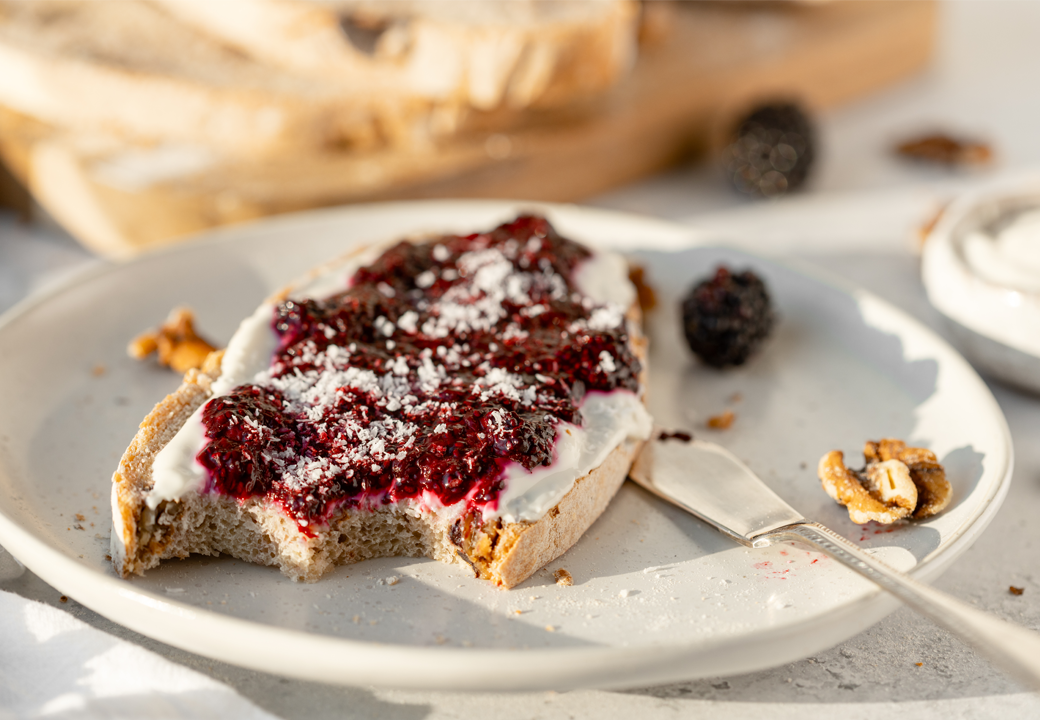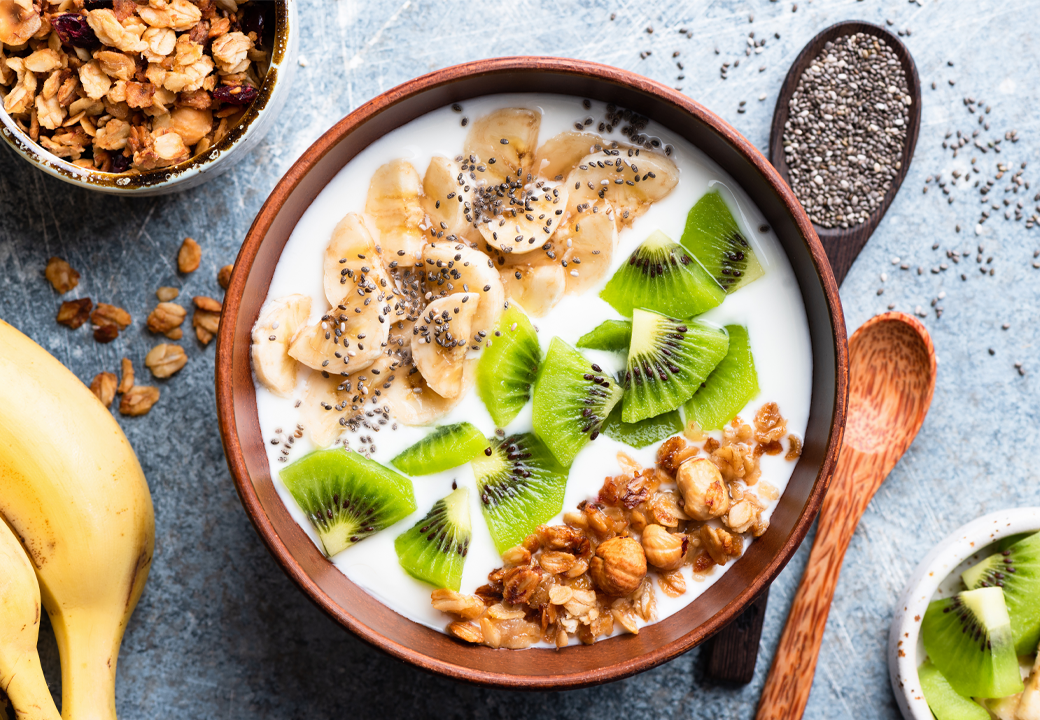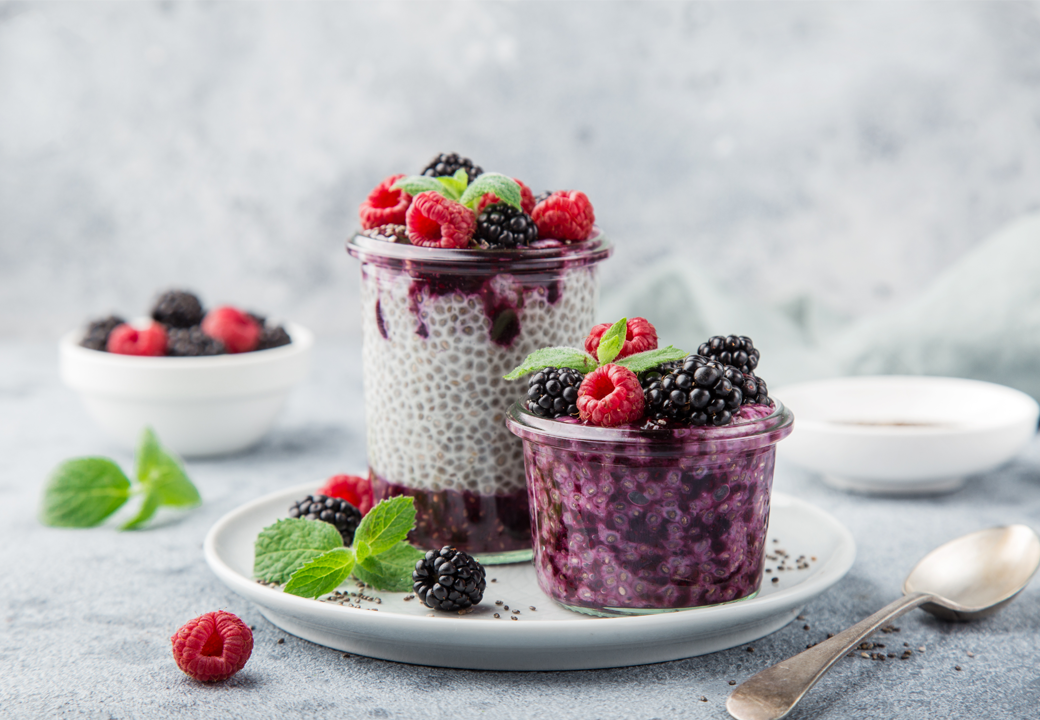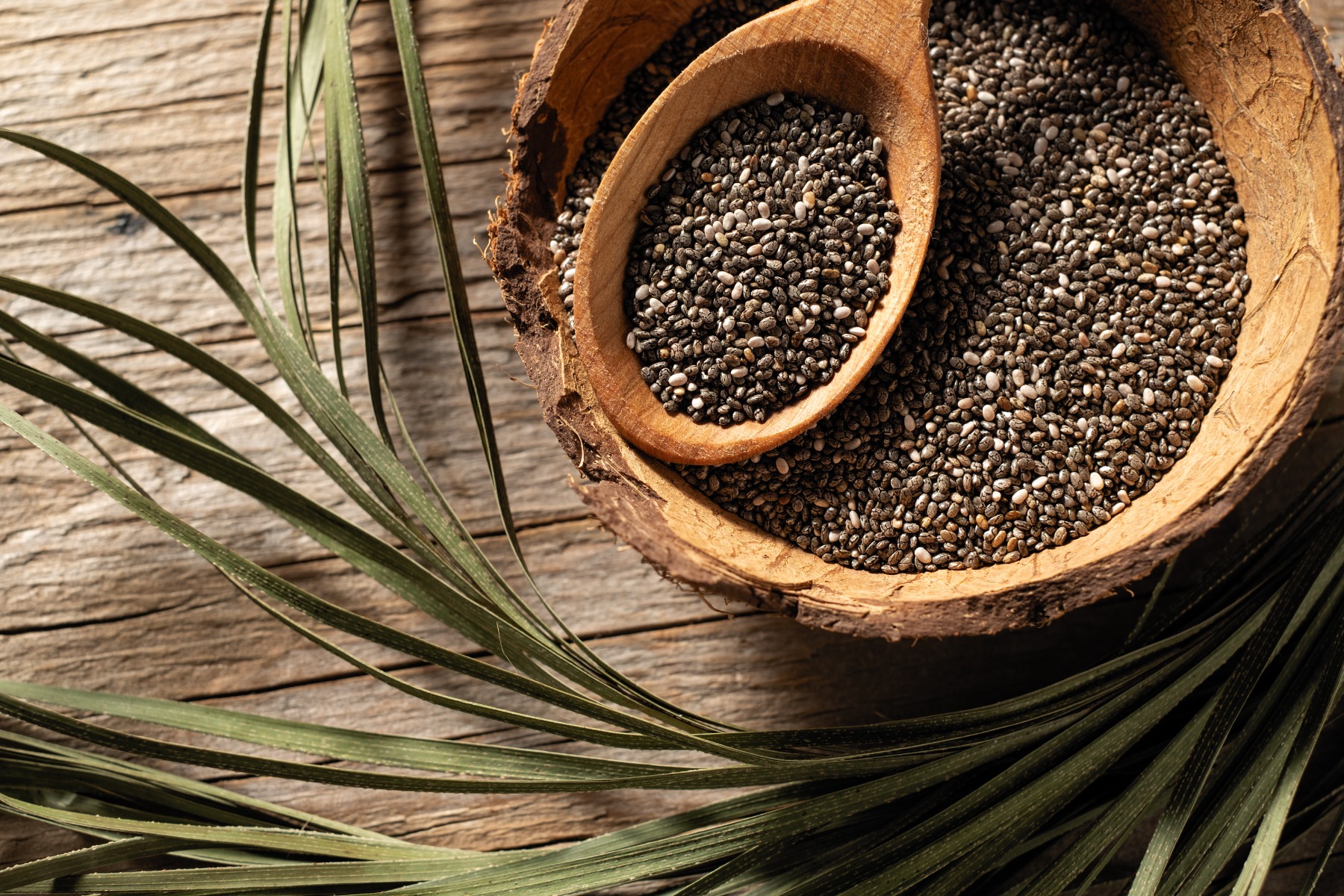

Photo Credit: "© [mira_y] / Adobe Stock
Chia seeds are incredibly versatile and easy to include in daily meals.
They can be added to smoothies, yogurt, oatmeal and baked goods.
When soaked in liquid, they form a gel-like consistency, perfect for making chia pudding. Sprinkle them over salads or mix them into energy bars for an added nutritional boost.
For an easy breakfast treat, soak a tablespoon of the seeds in plain yogurt for 30 minutes, add some vanilla extract to taste, then top with crushed hazelnuts, walnuts, banana or blueberries or even dried fruits like cranberries and a drizzle of maple syrup.
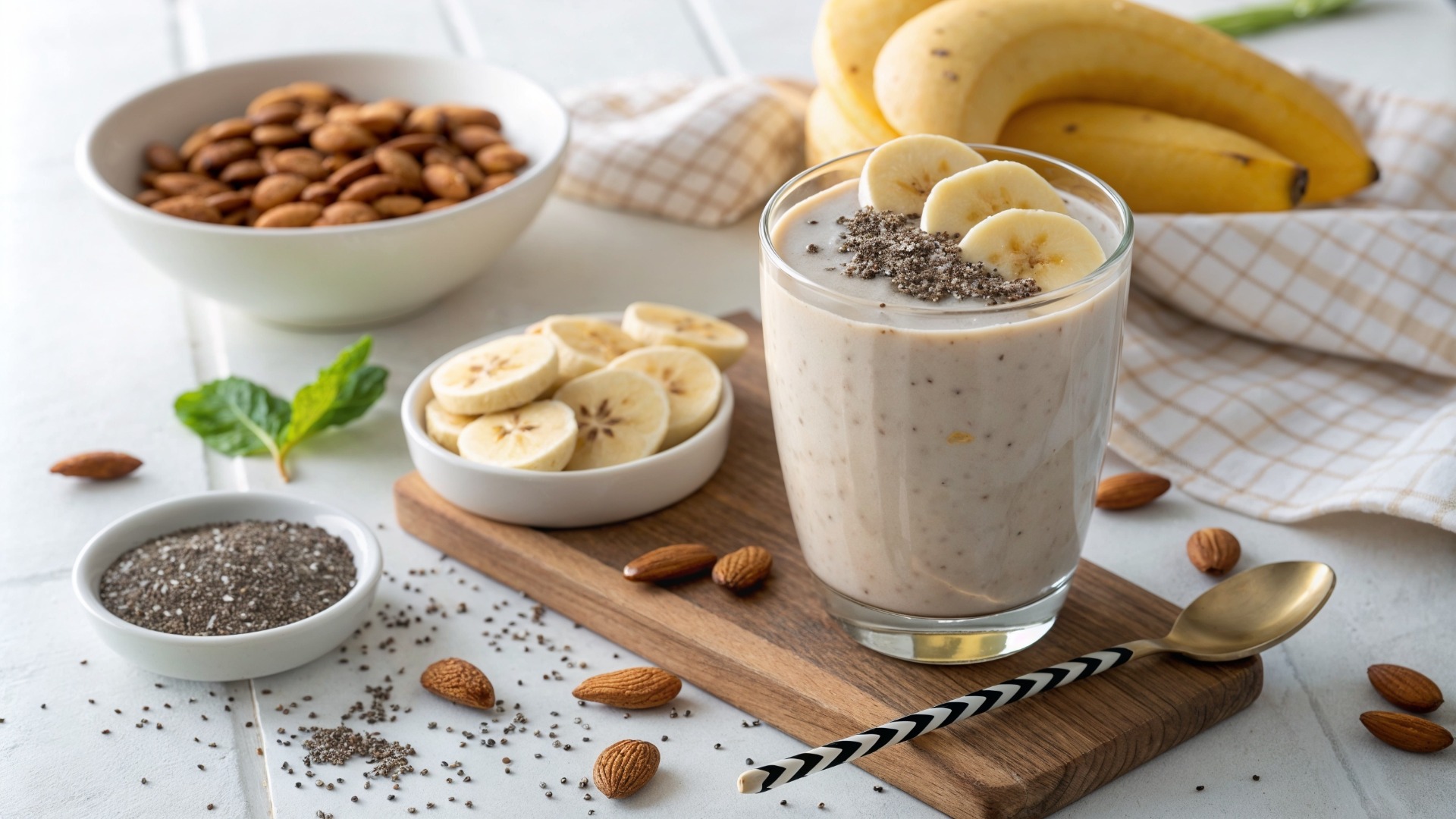

Photo Credit: "© [nadezhda] / Adobe Stock
DEEP DIVE: Chia seeds
- Chia seeds are incredibly versatile and easy to include in daily meals.
- They can be added to smoothies, yogurt, oatmeal and baked goods.
- When soaked in liquid, they form a gel-like consistency, perfect for making chia pudding.
- Sprinkle them over salads or mix them into energy bars for an added nutritional boost.
- For an easy breakfast treat, soak a tablespoon of the seeds in plain yogurt for 30 minutes, add some vanilla extract to taste, then top with crushed hazelnuts, walnuts, banana or blueberries or even dried fruits like cranberries and a drizzle of maple syrup.
From a Central American staple to a modern-day superfood, the tiny chia packs the kind of whole-food punch that anyone who is health conscious should crave.
An excellent source of omega-3 fatty acids, dietary fibre, protein, antioxidants, and essential minerals, the chia seed has, quite simply, an exceptional nutritional profile.
With a healthy portion of calcium, magnesium and phosphorus, too, chia seeds are a versatile and highly beneficial addition to modern diets.
The tiny black or white seeds come from the plant Salvia hispanica and have become a modern superfood staple.
However, these seeds have a history that stretches back thousands of years. The chia seed was once a dietary cornerstone for the Aztecs, Mayans and other indigenous peoples of what is now Mexico and Central America.
The word chia is even derived from the Mayan word for strength, while, for the Aztecs, chia seeds were second only to maize as a vital crop.
The seeds were consumed as food, pressed for oil, and even used as currency. Warriors carried chia seeds during long campaigns because of their high nutritional value and ability to sustain energy levels over time.
Spanish colonisers, however, suppressed its cultivation during their conquest and, as a result, chia became less prevalent in the global food landscape for centuries. It wasn’t until the late 20th and early 21st centuries that chia seeds experienced a resurgence, thanks to increasing interest in plant-based nutrition and ancient superfoods.
Here are 10 reasons to slip a little into your diet:
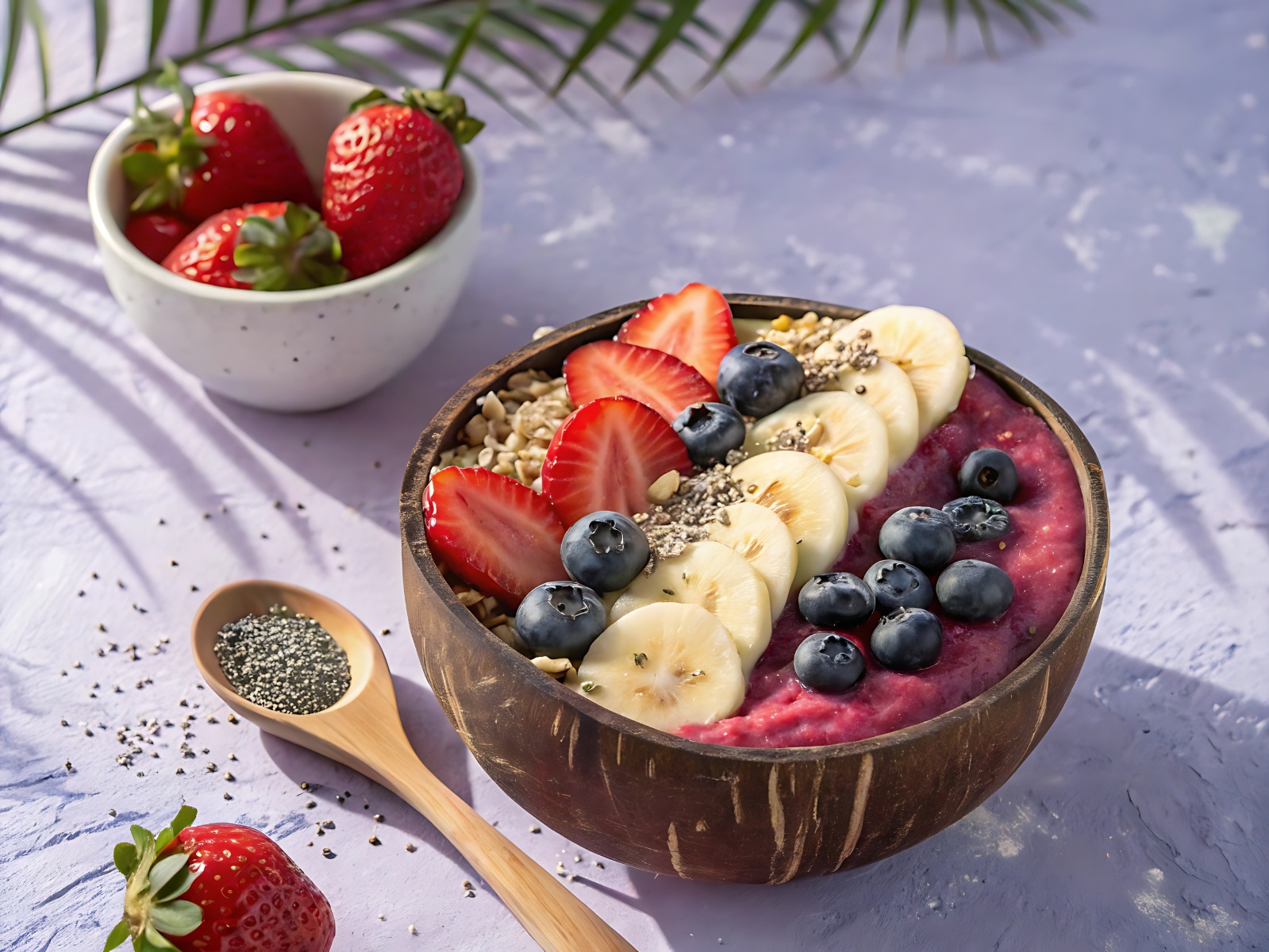

Photo Credit: "© [SIAM] / Adobe Stock
1. RICH IN OMEGA-3 FATTY ACIDS
Chia seeds are one of the richest plant-based sources of alpha-linolenic acid (ALA), a type of omega-3 fatty acid. Omega-3s play a critical role in heart health, brain function, and reducing inflammation in the body.
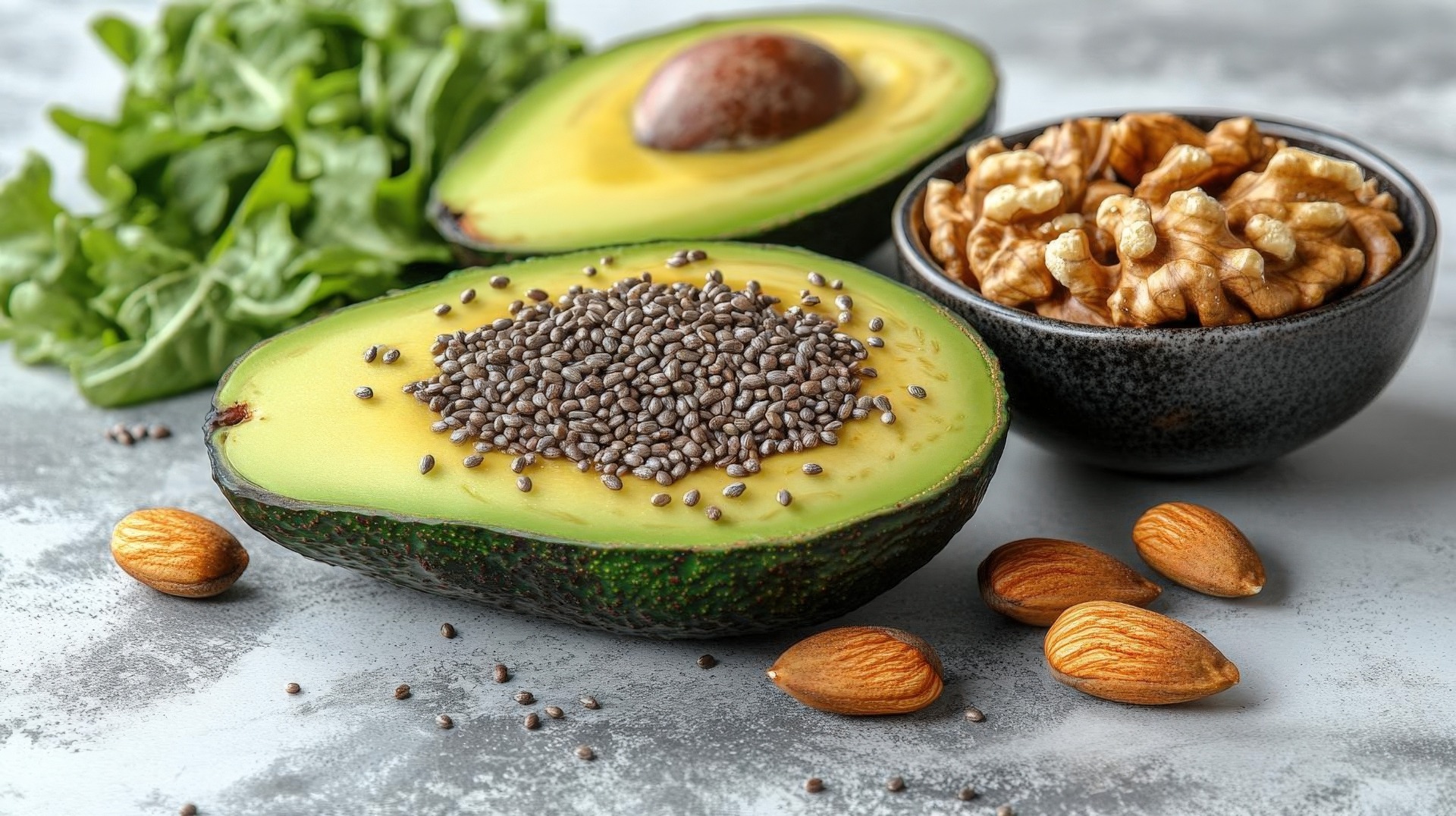

Photo Credit: "© [AgungRikhi] / Adobe Stock
2. HIGH FIBRE CONTENT
Just two tablespoons of chia seeds contain about 10 grams of fibre, meeting nearly 40% of the daily recommended intake. This promotes digestive health, aids weight management and helps stabilise blood sugar levels.
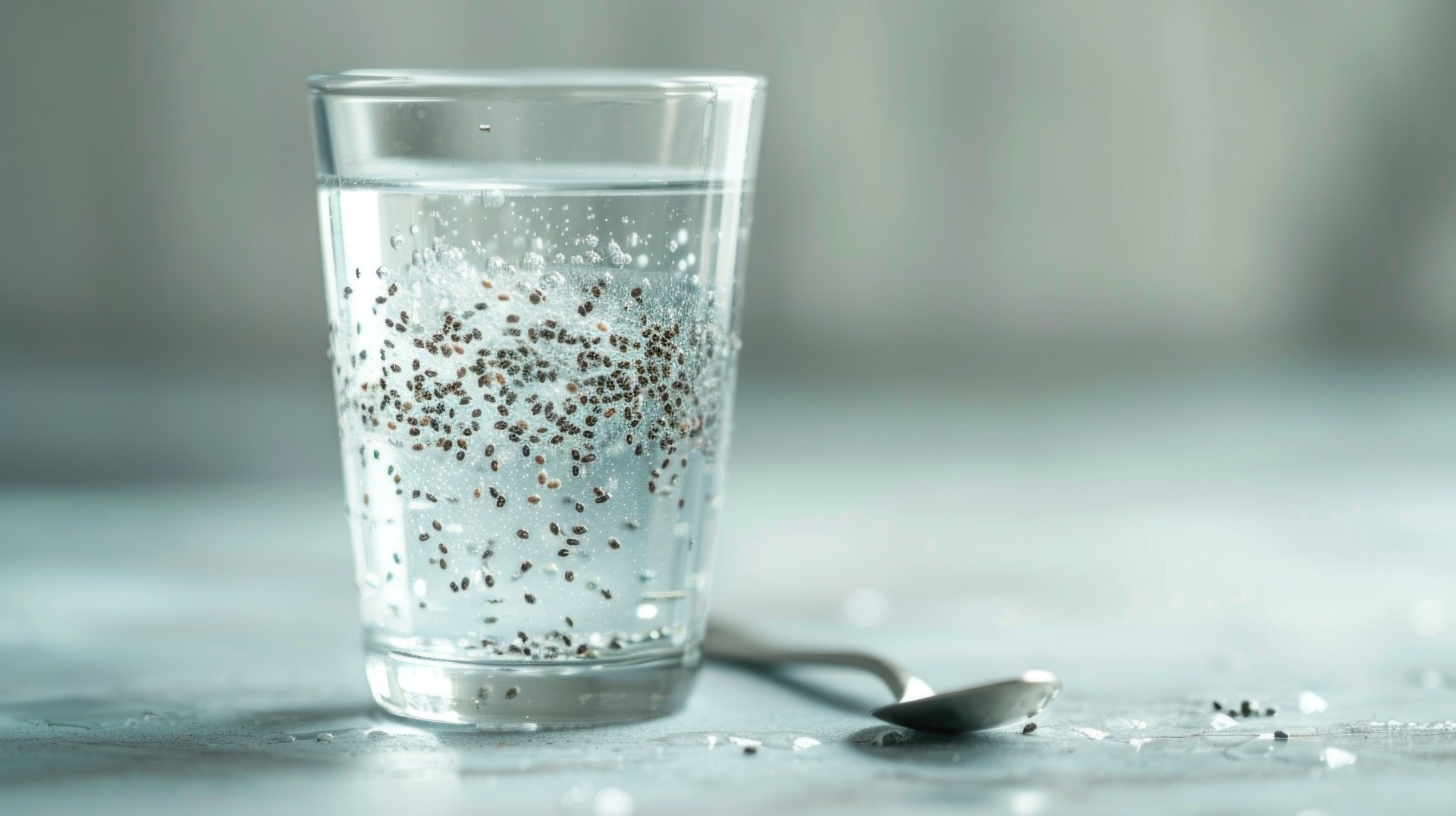

Photo Credit: "© [Anna] / Adobe Stock
3. PROTEIN-RICH
Chia seeds contain approximately 4g of protein per two tablespoons, making them an excellent protein source for anyone looking to increase their intake of plant-based protein.
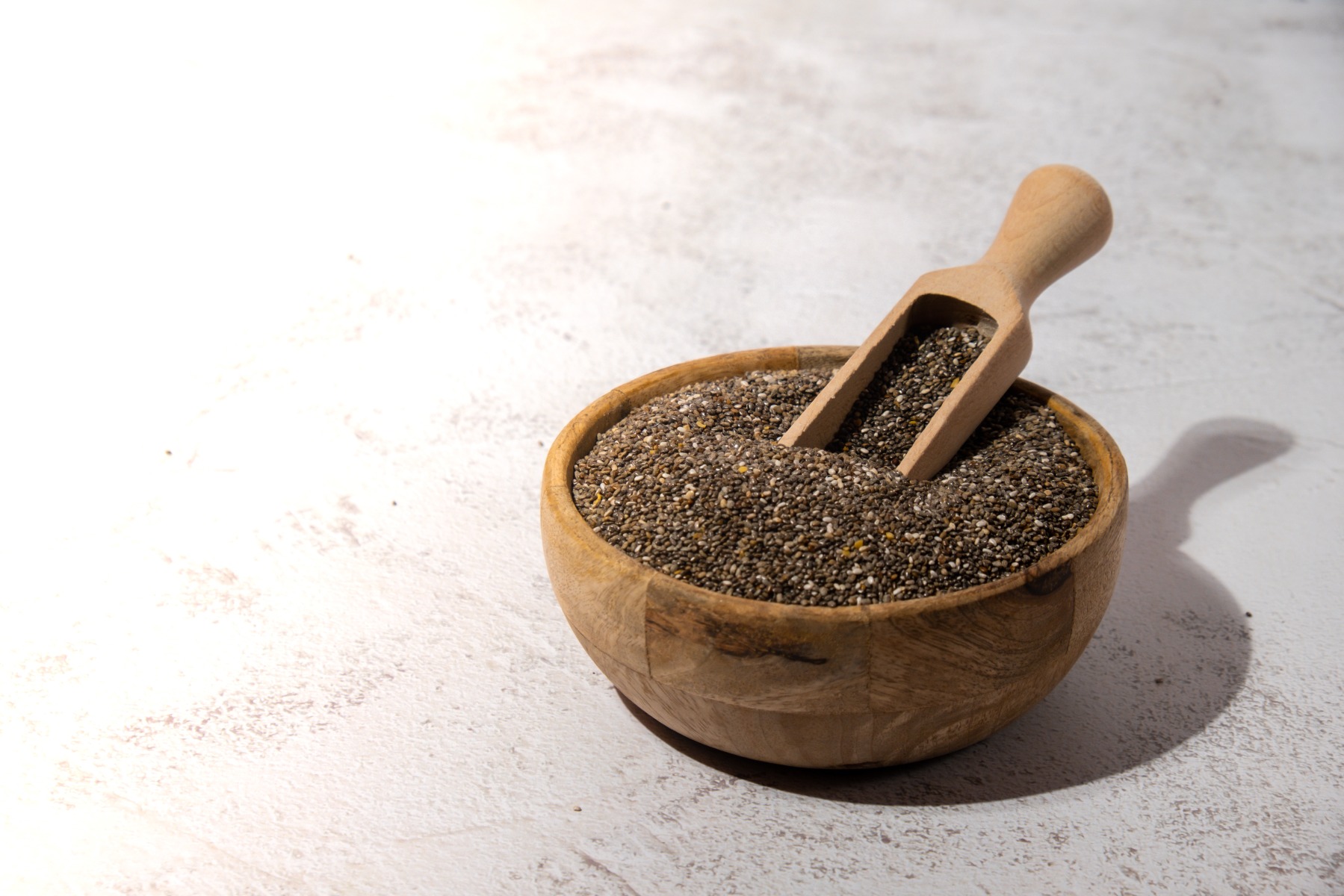

Photo Credit: "© [anna.stasila] / Adobe Stock
4. LOADED WITH ANTIOXIDANTS
Chia seeds are brimming with antioxidants, which combat oxidative stress in the body. This reduces the risk of chronic diseases such as cancer and slows down the ageing process by neutralising free radicals.
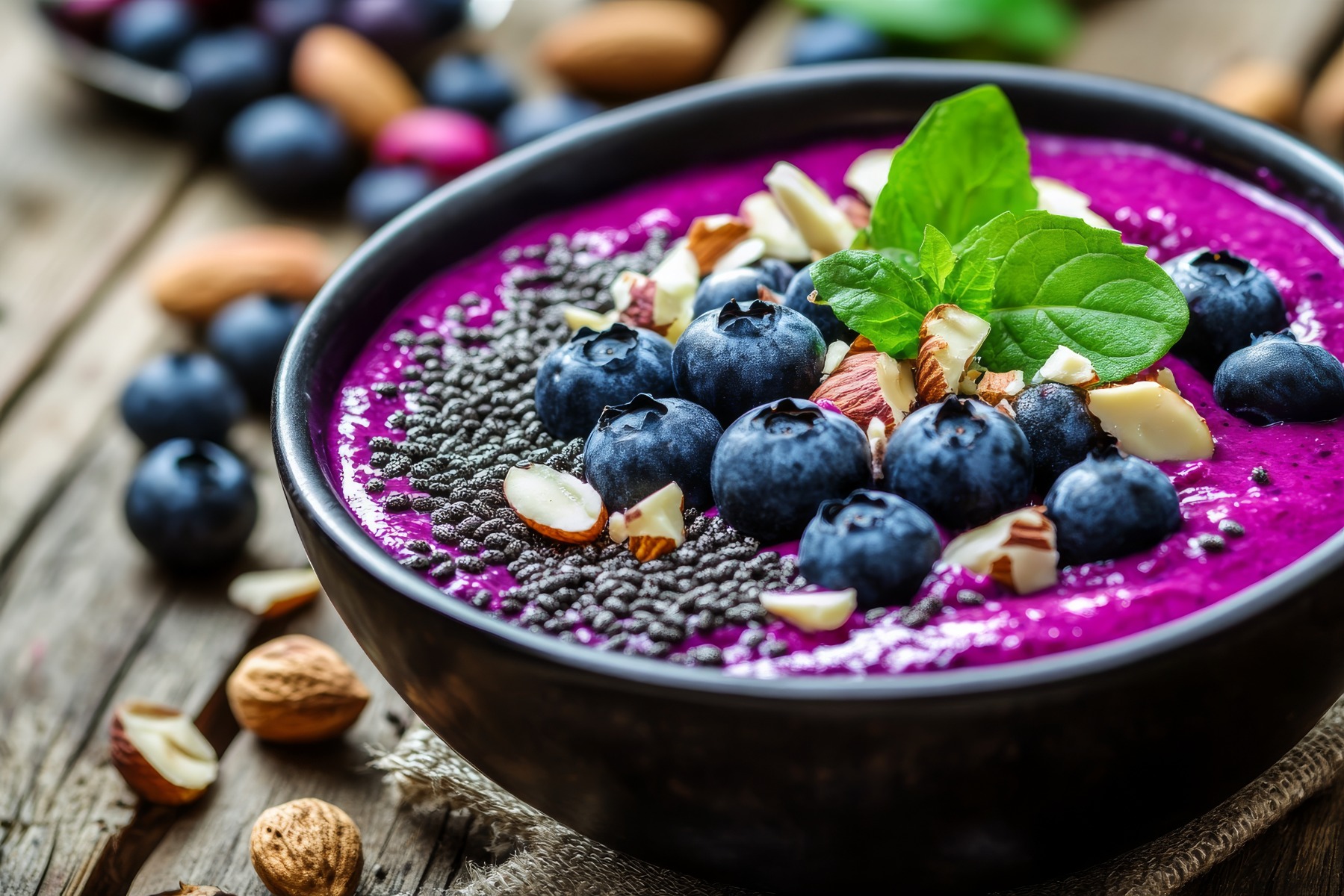

Photo Credit: "© [Espresso] / Adobe Stock
5. ESSENTIAL MINERALS
Calcium, magnesium and phosphorus are vital for bone health and are abundant in chia seeds. Gram for gram, chia seeds contain more calcium than dairy products, making them an excellent alternative for lactose intolerant individuals.
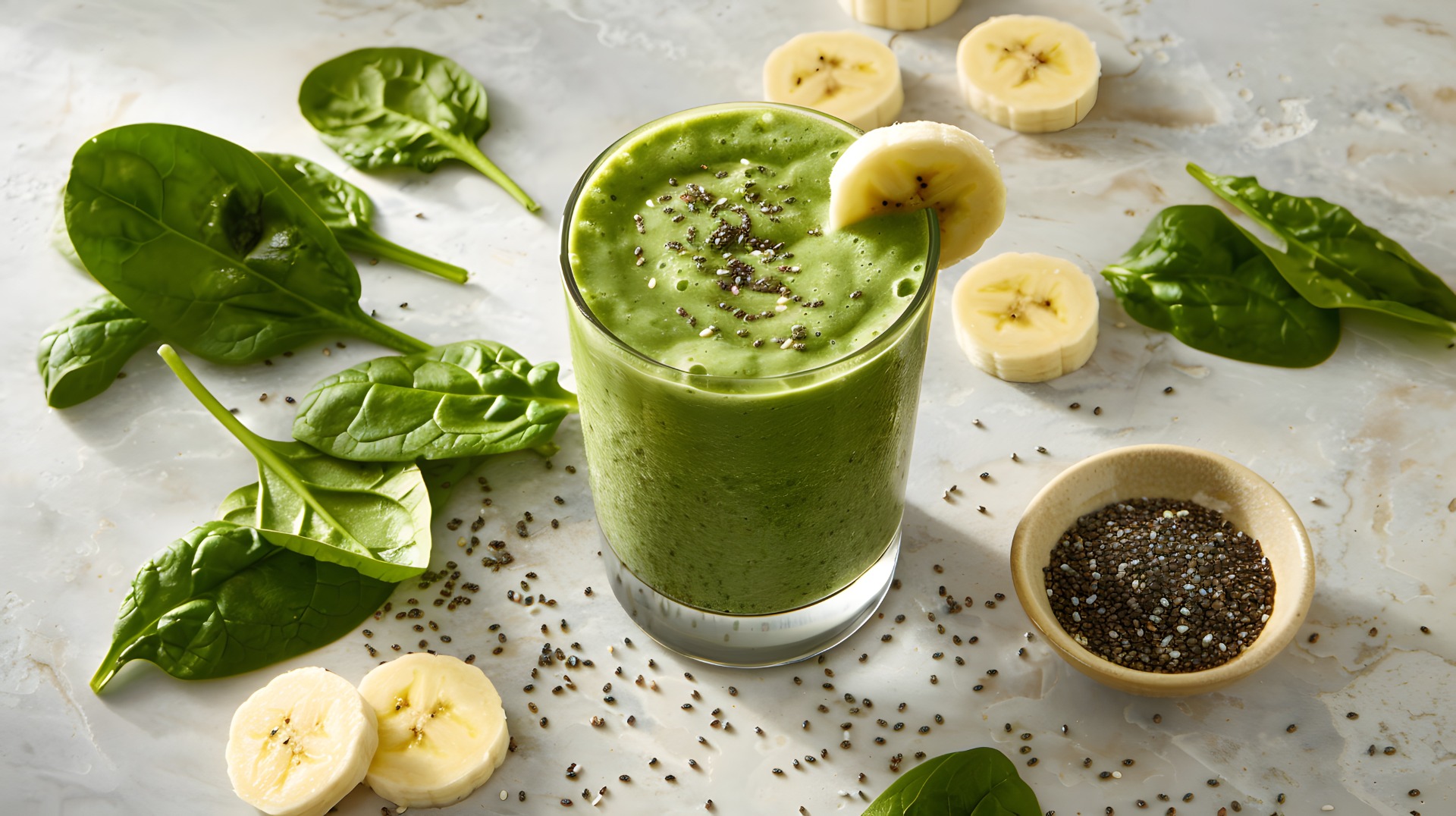

Photo Credit: "© [Elina] / Adobe Stock
6. HEART HEALTH
The combination of omega-3 fatty acids, fibre and antioxidants in chia seeds helps reduce bad cholesterol (LDL) and triglycerides, while increasing good cholesterol (HDL). This supports cardiovascular health and reduces the risk of heart disease.
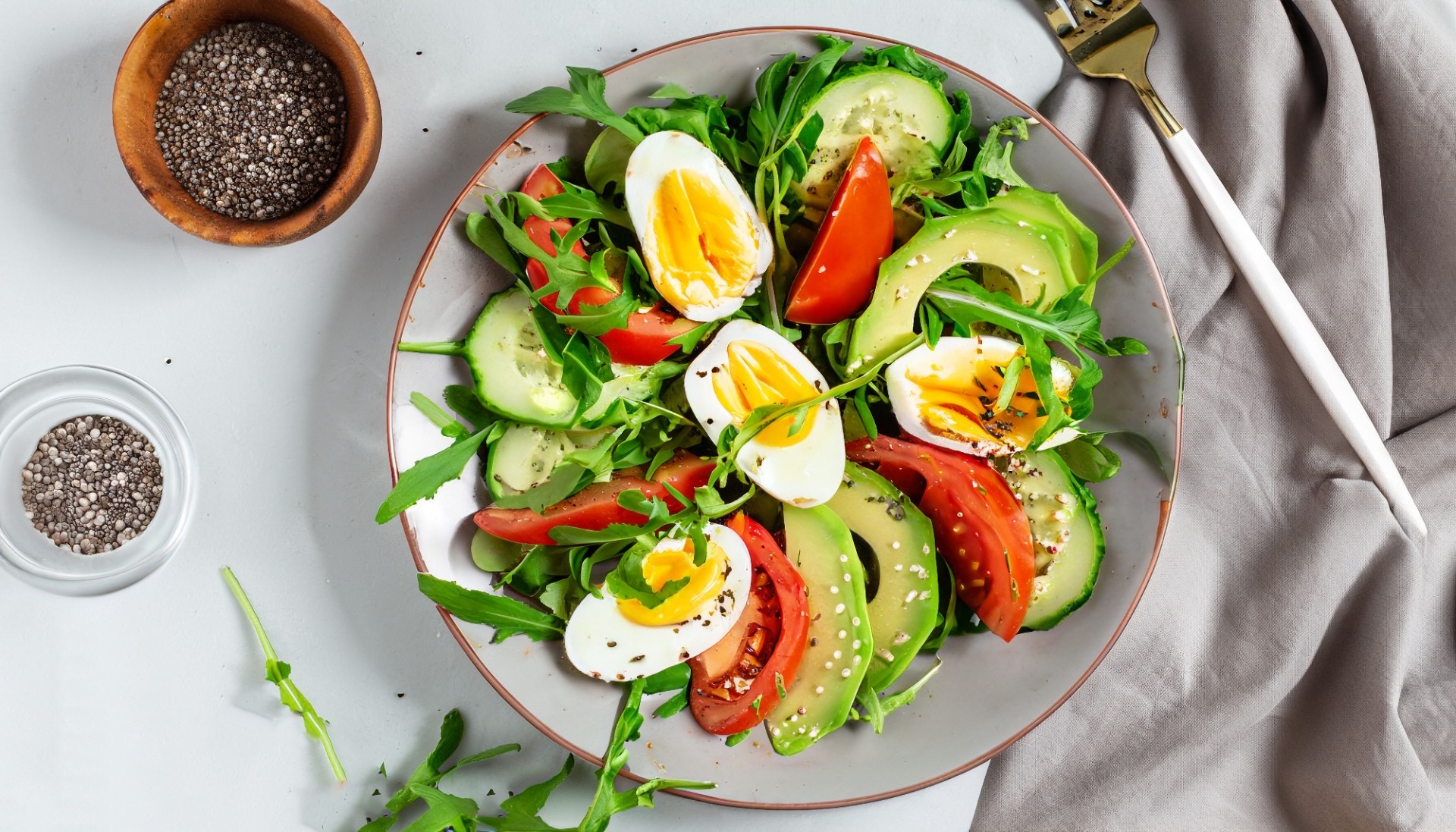

Photo Credit: "© [Uganbayar] / Adobe Stock
7. BLOOD-SUGAR REGULATION
The soluble fibre in chia seeds forms a gel-like substance when mixed with liquid, slowing the absorption of sugar into the bloodstream. This helps maintain stable blood-sugar levels.
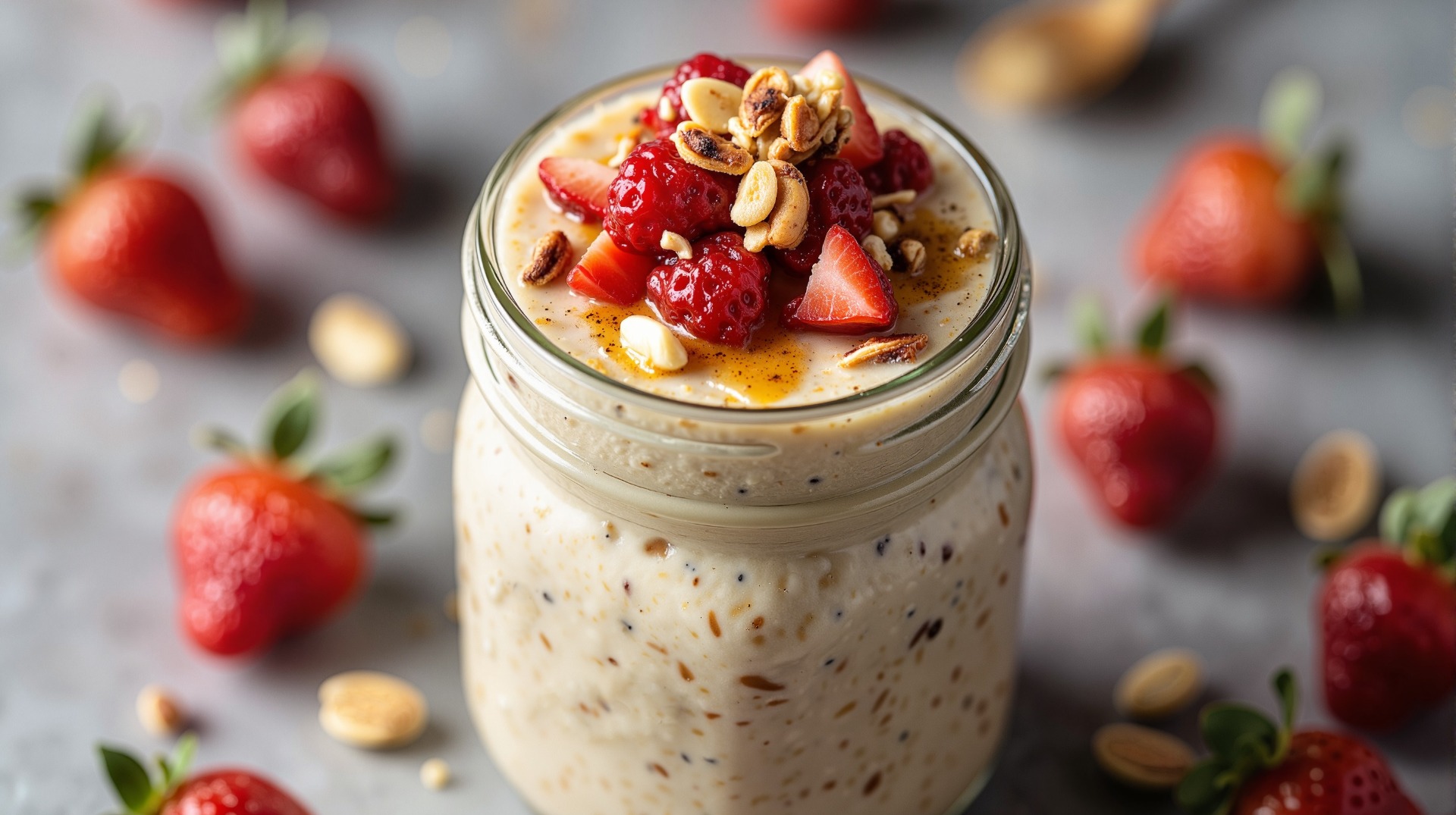

Photo Credit: "© [Victoria] / Adobe Stock
8. WEIGHT MANAGEMENT
Chia seeds absorb up to 12 times their weight in water, expanding in the stomach to create a feeling of fullness. This reduces hunger and prevents overeating, aiding weight-control efforts.
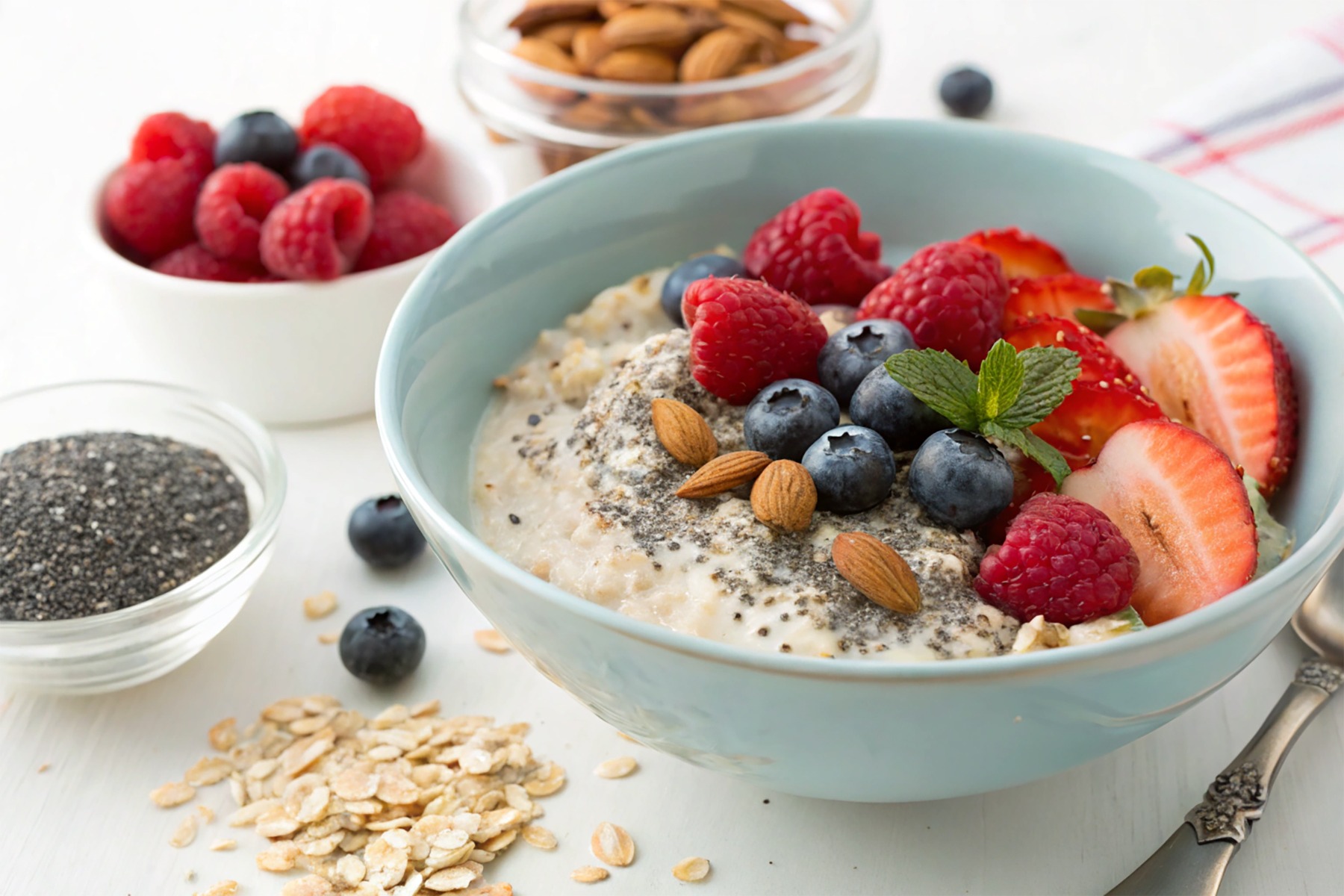

Photo Credit: "© [Afronza] / Adobe Stock
9. DIGESTIVE HEALTH
High-fibre content improves bowel regularity and prevents constipation. The seeds act as a prebiotic, fostering the growth of healthy gut bacteria.
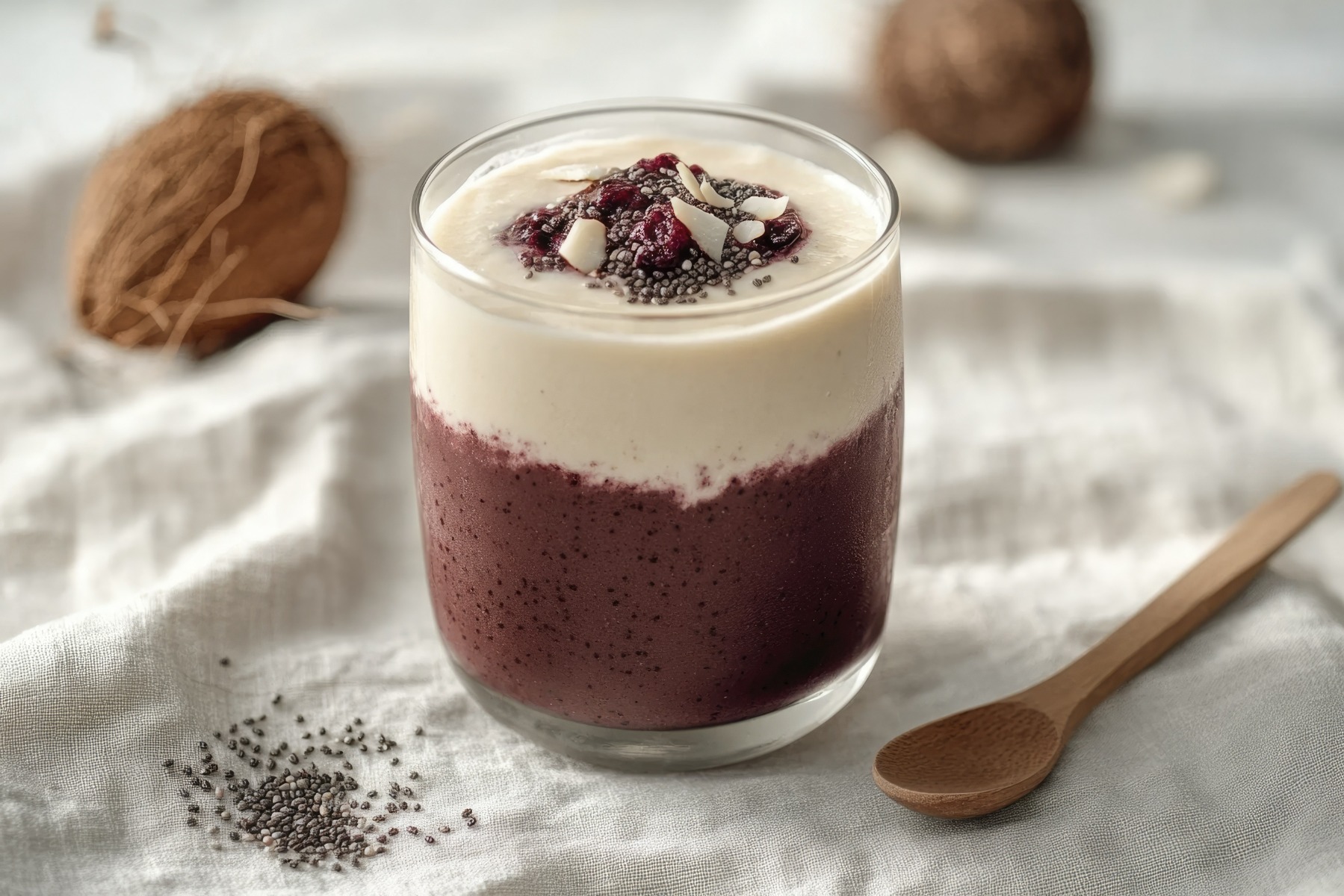

Photo Credit: "© [DesignMaster360] / Adobe Stock
10. ENERGY AND ENDURANCE
Chia seeds provide a slow-release energy source, making them ideal for athletes and anyone needing sustained stamina throughout the day.
